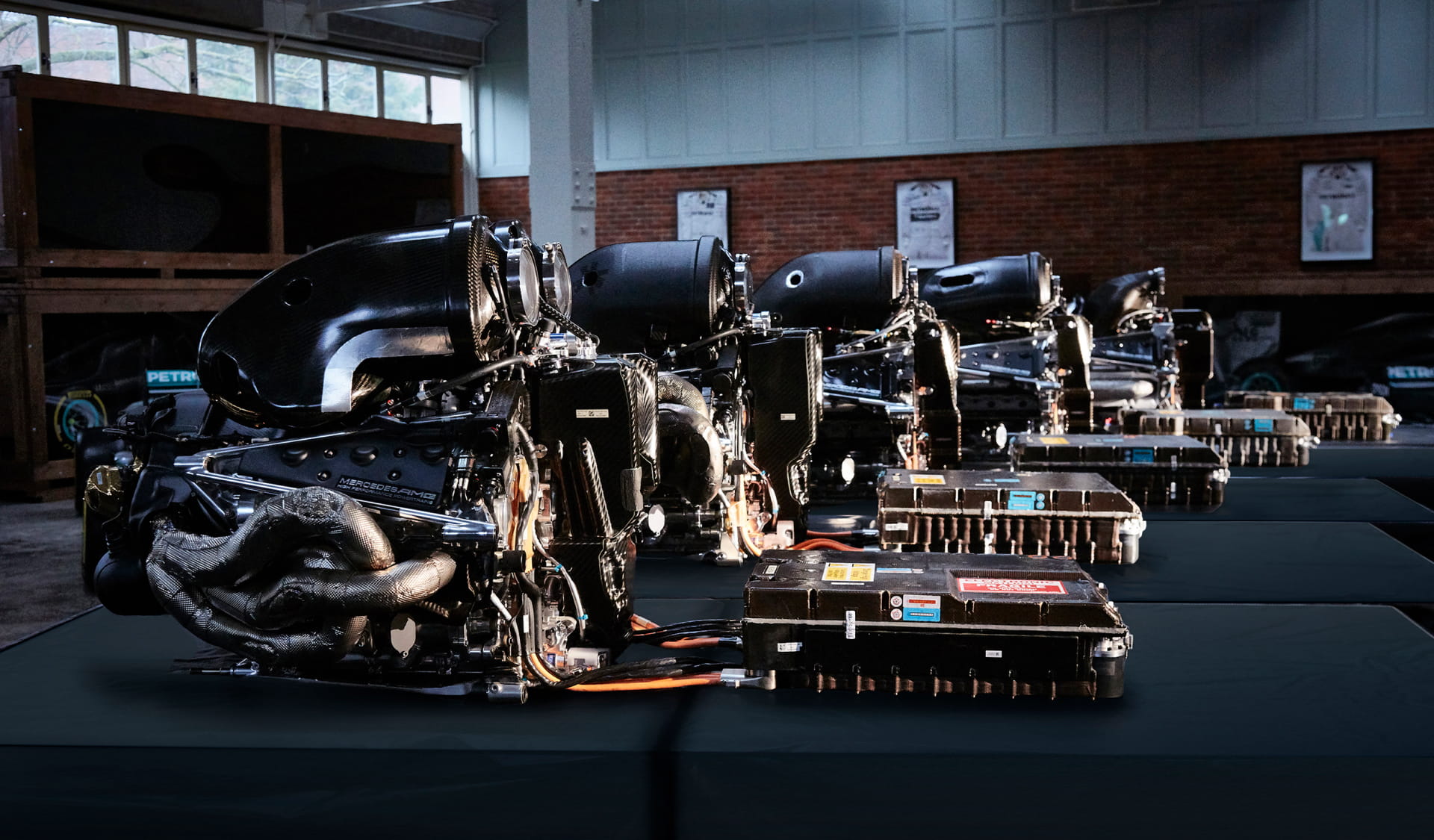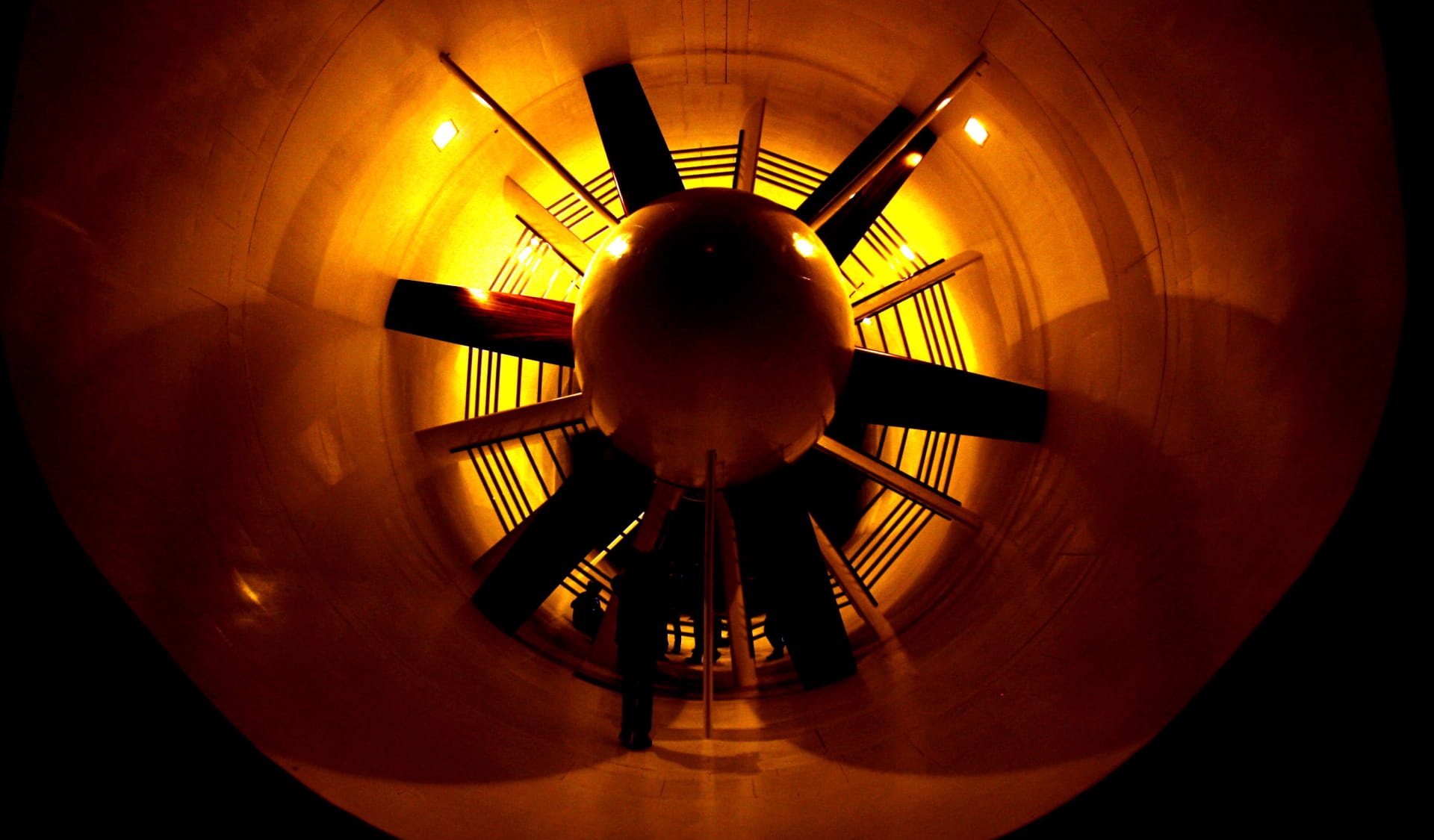Car
Red Bull Racing RB20 F1 car – A look inside the revolutionary vehicle
by Rosario Giuliana
4min read
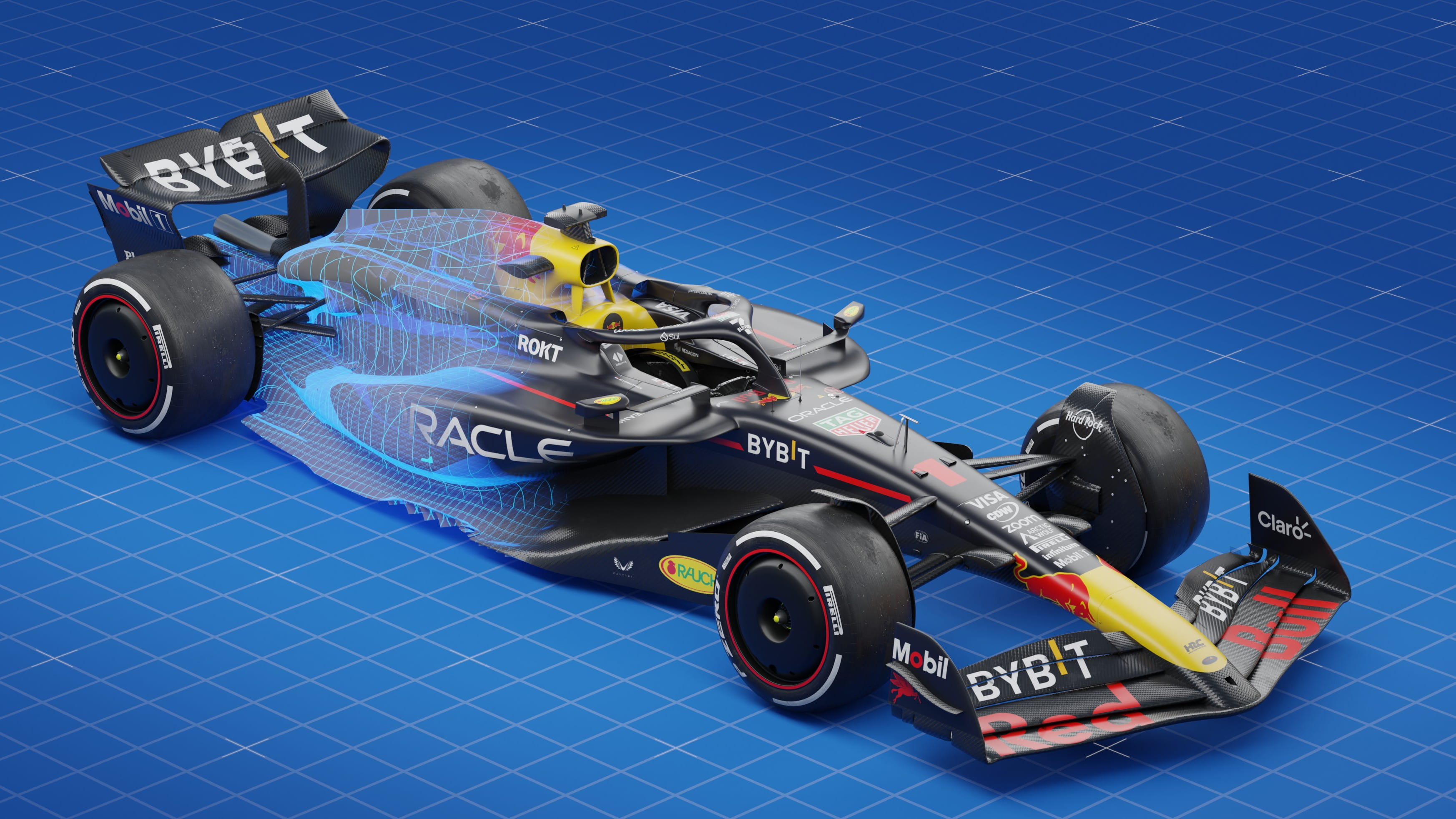
Red Bull’s RB20 is the car that generated the most technical discussion during pre-season testing. After last season’s dominance, with all but one race won by the RB19, rivals hoped to reduce the gap to Red Bull.
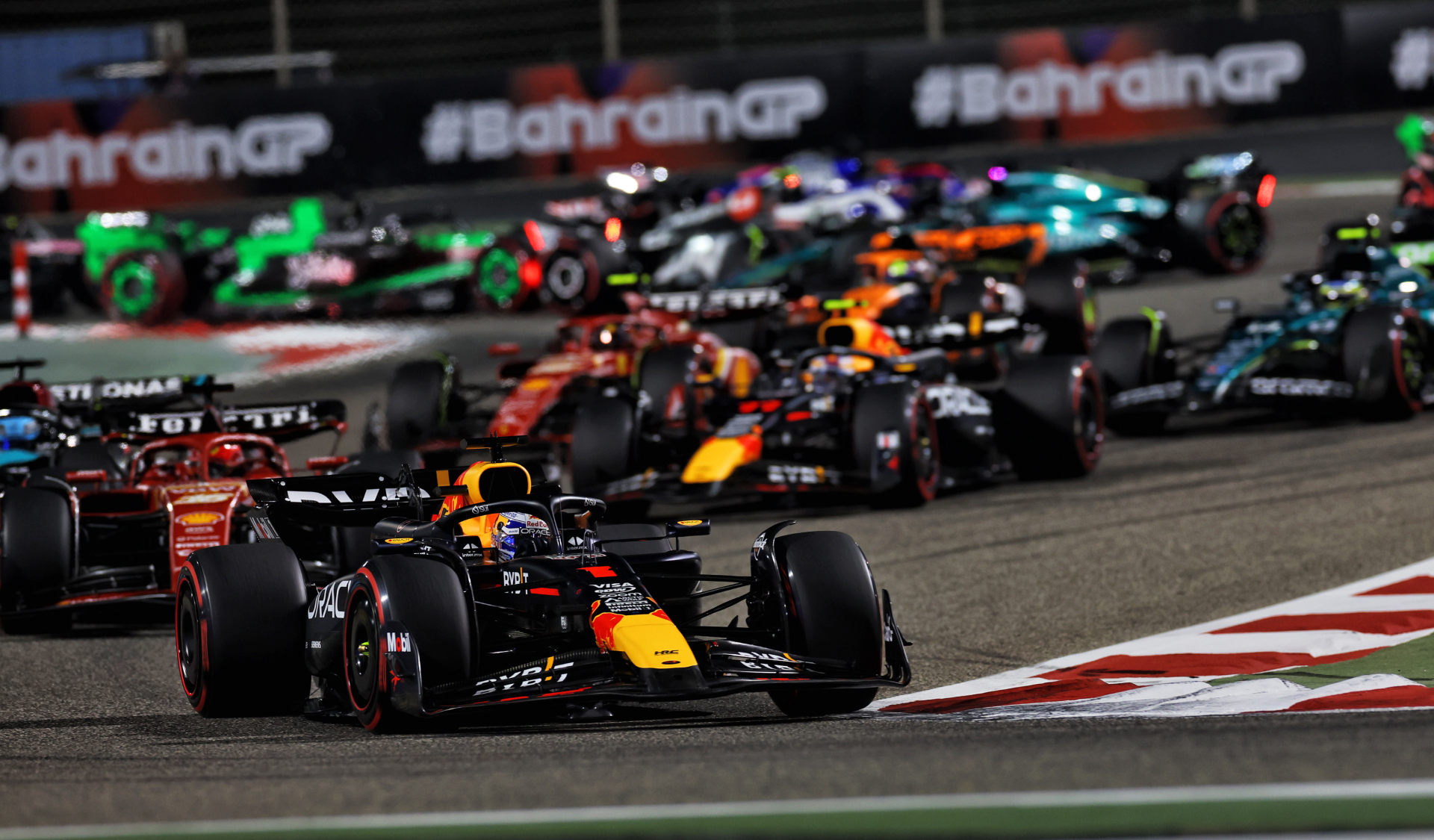
Car
The major Formula 1 technical changes for 2024
In Milton Keynes, engineers were aware that they could not relax despite that dominance. Champion Max Verstappen ended the 2023 campaign with a 0.6-second race pace advantage per lap in Abu Dhabi – in an RB19 that hadn’t received any major updates since the summer of that year.
Red Bull instead decided to work on the RB20, aware that it had to be aggressive with the 2024 car’s design if it wanted to maintain its advantage.
RB20's extreme approach
The RB19 was a direct development of the 2022 RB18; this year’s RB20 is, according to Helmut Marko, “almost a revolution.”
Rather than testing developments by bringing them to the track with the RB19 – in full view of rivals – Red Bull decided to develop the RB20 back at base using computational fluid dynamics and its wind tunnel. The team preferred not to show the competition what direction of aerodynamic change following: a risk, but a calculated risk.
Pierre Wache, Red Bull technical director, and chief technical officer Adrian Newey, patiently created a very different car for this season. In Bahrain, the RB20 began with a one-two as Verstappen led Sergio Perez – with the reigning drivers' champion holding an advantage of more than half a second over its rivals.
It’s too early to say whether the RB20 will continue to deliver the same level of dominance as the RB19 – or better – but the other teams expect to be closer to the champion as time goes on while team principal Christian Horner said in Bahrain that he expects the field to “concertina”. It will depend on Red Bull’s rivals, and how much potential the RB20 holds.
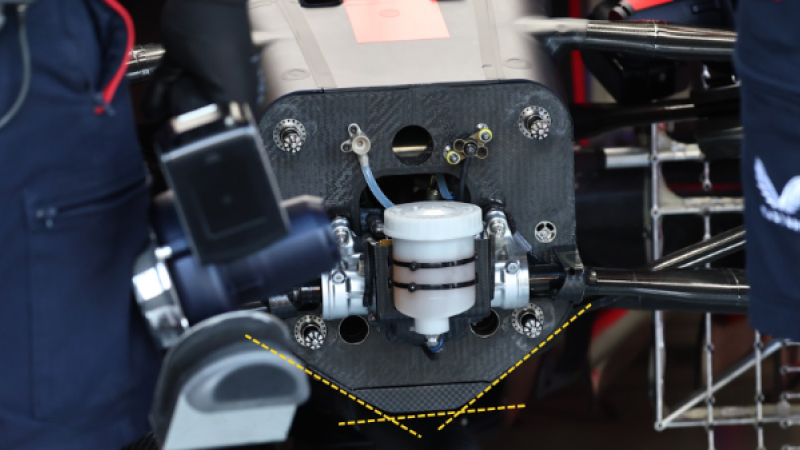
The narrowed chassis forms a V-shape
The new chassis has been narrowed to increase air volume at the bottom with the front forming an exaggerated V-shape.
The narrow form of the chassis also allowed for a change to the pull-rod front suspension, which engages the chassis at a lower position than the links and steering. The RB20 is an extreme design in all areas – a brave decision after the RB19’s domination.
Most people expected the RB20 to resemble the RB19 – but Newey knows how to spring a surprise.

Red Bull has made way for chassis changes with its new suspension layout (right)
Deep-lying changes from RB19 to RB20
The Red Bull RB20 has been revolutionised externally and internally. To adopt its new aerodynamic design, the entire cooling layout of the car has been changed. The radiators have been split and completely repositioned to install a body that, at the top, resembles that of the Mercedes W14.
Long cylinders at the top – resembling cannons, around the bull logo – were present on last year’s Mercedes. The concept has been taken to extremes by Red Bull with an even larger downwash towards the rear wing.
Inlet cooling also turned heads towards the RB20, as the inlets are now inverted. The top edge is the most forward-mounted one, leaving the undercut free of obstacles for more free airflow. There’s an additional vertical inlet, which helps bring airflow into the side pods to cool the power unit.
continues below
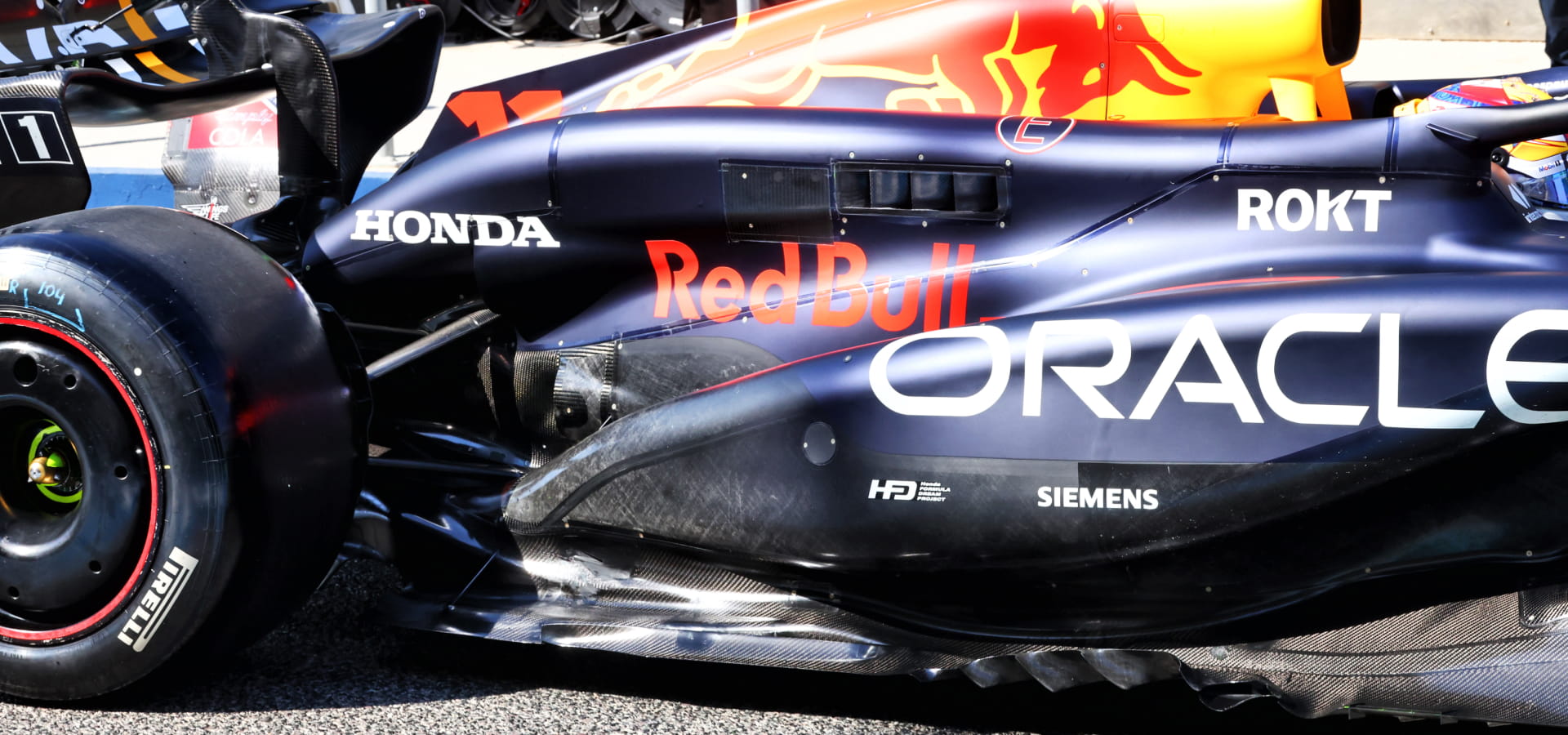
Long cannon-shaped cylinders form part of a new cooling layout

Inverted inlets are reminiscent of the Mercedes W14
The markedly different internal cooling layout brought the return of V-shaped radiators – the upper radiator for endothermic engine water and the lower one for turbo cooling. This is an arrangement that has previously been used in F1, for example by Haas.
Power unit cooling has been developed vertically with a high centre of gravity, with the drivetrain radiator placed at the top of the car, while the radiators for the electrical part of the engine have been moved to the sides of the driver’s head.
This is a cue from the 2018 Renault-powered Red Bull in which, for efficiency, two slots were placed on either side of the halo to bring in sufficient masses of cool air. The current Red Bull power unit is air-to-air (rather than air-to-water, as with other manufacturers), which presents a weight advantage.
continues below

Radiators for the electrical part of the engine are situated around the driver's head
The sum of these changes has resulted in maximum points for Red Bull from the first round of the season. The fast, narrow confines of Jeddah Corniche Circuit will provide a different challenge – but one that the RB20 could overcome with just as much might.
